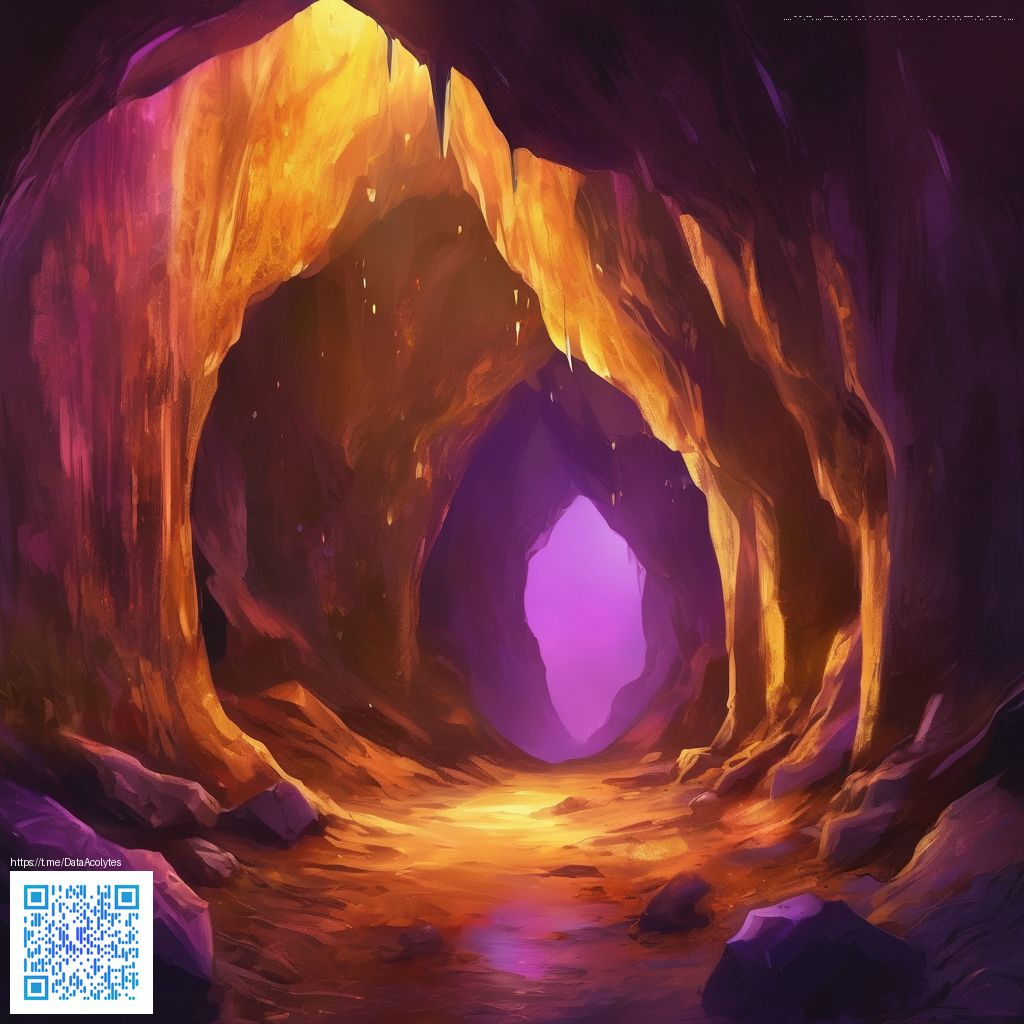
Blizzard Teams Unionize Across Hearthstone and Warcraft Rumble: A Signpost for Modern Game Labor
Labor organization within the game development industry is entering a more consequential phase. When engineers, designers, quality assurance specialists, and artists crossover projects under a single union banner, the industry shifts from episodic labor disputes to structured conversations about compensation, crunch, safety, and creative ownership. The idea of Blizzard studios organizing across Hearthstone and Warcraft Rumble exemplifies a trend toward cohesive bargaining power within a suite of related franchises. This piece analyzes what such a shift could mean for developers, publishers, players, and the cadence of future updates.
At its core, unionization in this context centers on three intertwining objectives: transparent wage structures and benefits, standardized crunch norms that protect worker health, and formal channels for grievance resolution and career development. For companies with ambitious release calendars and high-stakes IP stewardship, these aims can be both stabilizing and challenging. A union presence can help align production pressures with sustainable workflows, while also introducing new negotiation points around creative autonomy, IP governance, and studio-wide planning. The conversation is less about bargaining for isolated gains and more about shaping a shared framework for long-term studio viability.
Context and drivers
- Workforce wellbeing and sustainable production: Workers increasingly seek predictable schedules, adequate rest, and clear milestones that reduce burnout without sacrificing quality.
- Cross-project collaboration: As Blizzard solidifies cross-franchise collaboration, a unified bargaining position helps coordinate expectations across Hearthstone’s live-service cadence and Warcraft Rumble’s evolving feature set.
- Industry-wide pressure: Public scrutiny of crunch culture and contractor practices has grown, pushing studios to establish formal, enforceable processes that protect both developers and the games they ship.
Implications for Blizzard and the broader ecosystem
For Blizzard, a unionized workforce could lead to more explicit governance of development cycles, risk management, and talent pipelines. The immediate implications may include negotiated guidelines on overtime, on-call expectations, and career progression paths that are transparent to veterans and newcomers alike. For publishers and platform holders, the presence of organized labor introduces a structured dialogue tool—one that can help balance creative innovation with production stability.
Beyond Blizzard, the broader gaming landscape stands to gain from standardized labor practices. A more predictable development environment can enhance collaboration with external partners, reduce the volatility that often accompanies high-profile patches, and elevate the discourse around fair compensation in a field where revenue models are diverse and player expectations are high.
What this could mean for players and developers
Players are the constant variable in any industry shift, and unionization touches how content is planned, tested, and released. The potential outcomes include:
- More stable patch cadences and clearer sprint planning, reducing the likelihood of policy-driven delays caused by crunch episodes.
- Improved transparency around feature roadmaps, bug triage, and post-launch support, which can increase trust between players and developers.
- Enhanced quality of life for staff, translating into longer-tenured teams and deeper institutional knowledge that benefits gameplay and support ecosystems.
- Potential negotiation around remote work policies and flexibility, which can influence hiring practices and talent pools across global regions.
For developers, the stage is set to refine collaboration across intersecting projects. The union framework can serve as a guide for risk management, enabling teams to scope ambitious features without compromising health or creative integrity. It also invites leadership to articulate more precise expectations for collaborators, contractors, and outsourced studios, fostering a more accountable development environment overall.
Key players and stakeholders
- Union members spanning Hearthstone and Warcraft Rumble teams
- Blizzard leadership and studio management
- Industry labor advocates and labor-rights organizations
- Players and gaming communities who contribute feedback and purchase decisions
- External partners, including tool vendors, QA providers, and outsourced studios
Product Spotlight: Phone Grip Click-On Universal Kickstand
As studios navigate longer sessions, remote work, and on-the-go testing, ergonomic accessories become practical allies. The Phone Grip Click-On Universal Kickstand offers a compact solution for hands-free play, mobile benchmarking, and casual testing in studio lounges or convention floors. Its universal fit supports long sessions with a comfortable grip, while its kickstand helps orientation during quick reviews or live demonstrations—an unobtrusive tool for developers, testers, and event attendees alike. For those who rely on phones for quick build checks or stakeholder demos, such a grip can reduce fatigue and improve focus during critical reviews.
Product reference: Phone Grip Click-On Universal Kickstand. More details and purchasing options are available at the vendor site.
Phone Grip Click-On Universal KickstandSources
Sources referenced for context and industry framing: Transparent Digital Overlays redefining UI and UX experiences, Crowded Field Astrometry reveals a distant hot giant, Ivory Guardians: navigating chance and player control, Faint Red Giant illuminates survey completeness at 22 kpc, How DR3 distinguishes singles from binaries in a distant blue giant Aquila
Image credit: X-05.com
More from our network
- Transparent Digital Overlays: redefining UI and UX experiences
- Crowded field astrometry reveals a distant hot giant
- Ivory Guardians: navigating chance and player control
- Faint red giant illuminates space survey completeness at 22 kpc
- How DR3 distinguishes singles from binaries in a distant blue giant Aquila